The Future of Frontline Training: 5 Challenges and How We’ve Solved Them
TABLE OF CONTENTS
Training is failing the frontline.
Despite making up 80% of the global workforce, deskless workers remain underserved by standard training solutions. Though strides have been made towards more accessible, mobile-friendly tools, it is not enough - frontline workers’ needs are yet to be prioritized - we are still lacking a solution which serves them effectively and fully.
We know that training isn’t up to scratch - 99% of employees say they’ve undergone ineffective training in the last five years. Without effective training, you’re holding your workers back from reaching their full potential. This degrades their experience and leads to low engagement, poor quality of service, and high attrition rates.
The training status quo needs to change - and it was from this realization that eduMe was born.
Read on to find out which challenges we’re addressing, and to discover the new standard we’re setting for frontline training - what are the problems that exist, that we’re building to solve?
Quick navigation:
1. Poor accessibility
One of the key challenges to effective frontline training is the hoops learners must jump through to access information.
Standard training methods are currently riddled with friction. In-person training sessions and desktop LMS courses fail to meet workers where they are, or take into account their existing workflow. Causing users to go out of their way to download another app and set up an account for another tool jeopardizes productivity, and results in technology which hinders rather than helps.
In fact, when employees are faced with a digital barrier, e.g. a login screen, productivity plummets by up to 40%, and 31% say they are taken out of the flow of work.
The truth is we've passed our limits, and the technology we use to perform our jobs needs to be simplified. Technostress is also caused by using outdated enterprise-grade platforms that frustrate employees. Whether it's using too many tools or just plain old clunky software, organizations can offer a better employee experience.
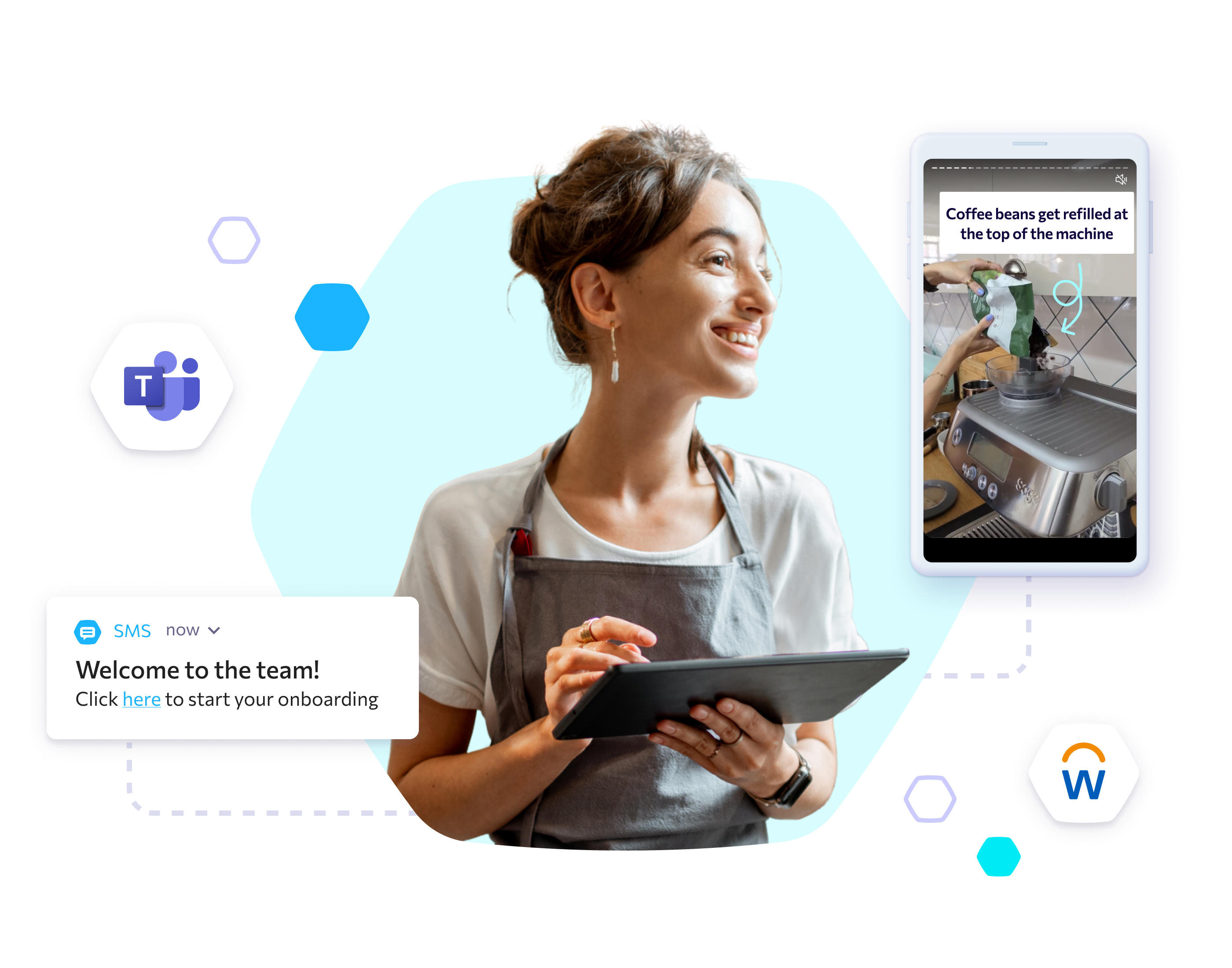 Instead of expecting workers to travel to training, we’ve created an experience that brings training to the frontline. By embedding directly into existing systems and processes, we ensure that training always appears in the right place, and is only ever one tap away.
Instead of expecting workers to travel to training, we’ve created an experience that brings training to the frontline. By embedding directly into existing systems and processes, we ensure that training always appears in the right place, and is only ever one tap away.
Whether you want to embed training into your proprietary worker app, surface it within a third party tool like Microsoft Teams, or deliver it via channels like SMS or email, eduMe’s pioneering Seamless Link technology enables learners to access training in one simple click. No additional downloads or passwords required, but with full tracking functionality.
Frontline workers deserve an excellent employee experience, but most shift workers are still having to learn on the fly and in really antiquated formats. This is not only stressful and frustrating to the worker, but also a missed opportunity for organizations to offer tools that relieve stress and build loyalty, ultimately increasing employee retention. We’re really excited about eduMe’s integration into Teams, because Frontline workers can learn in a format that is familiar to them, while staying in the flow of work on Microsoft Teams, where all their other productivity tools are housed.
 - Liz Leigh-Bowler, Modern Work Product Lead at Microsoft
- Liz Leigh-Bowler, Modern Work Product Lead at Microsoft
Eliminating the need to login and surfacing training seamlessly within existing tools has produced incredible results for our clients - in fact, customers who go seamless see a 98% training engagement rate which is 3x higher than those using Single-Sign On (SSO).
By removing access barriers, we empower true learning in the flow of work. Instead of disrupting the working day and pulling employees away from their current task, eduMe enables them to learn and upskill seamlessly, right at the point of need.
We need to empower everyone to be successful at work, whether they're sitting at a desk or out on the frontline, and embedding training into existing workflows is essential to achieving that.
2. No relevance
Another key problem preventing your frontline from fully engaging with training is that it simply isn’t relevant to them.
The reality is that workers’ expectations have evolved. As a society, we’re now accustomed to intelligent algorithms that show us exactly what we want to see, and when. Everything in our lives is hyper-personalized to our unique needs and tastes, but workforce training is yet to catch up.
Instead, 41% of information provided to employees is irrelevant to their specific role, and 2.5 hours of their average working day is spent searching for information.
It’s easy to prioritize other areas when personalization is such a manual, time-consuming process, requiring teams to sift through data and coordinate follow-up training. But how can we expect workers to be engaged by generic, one-size-fits-all training? 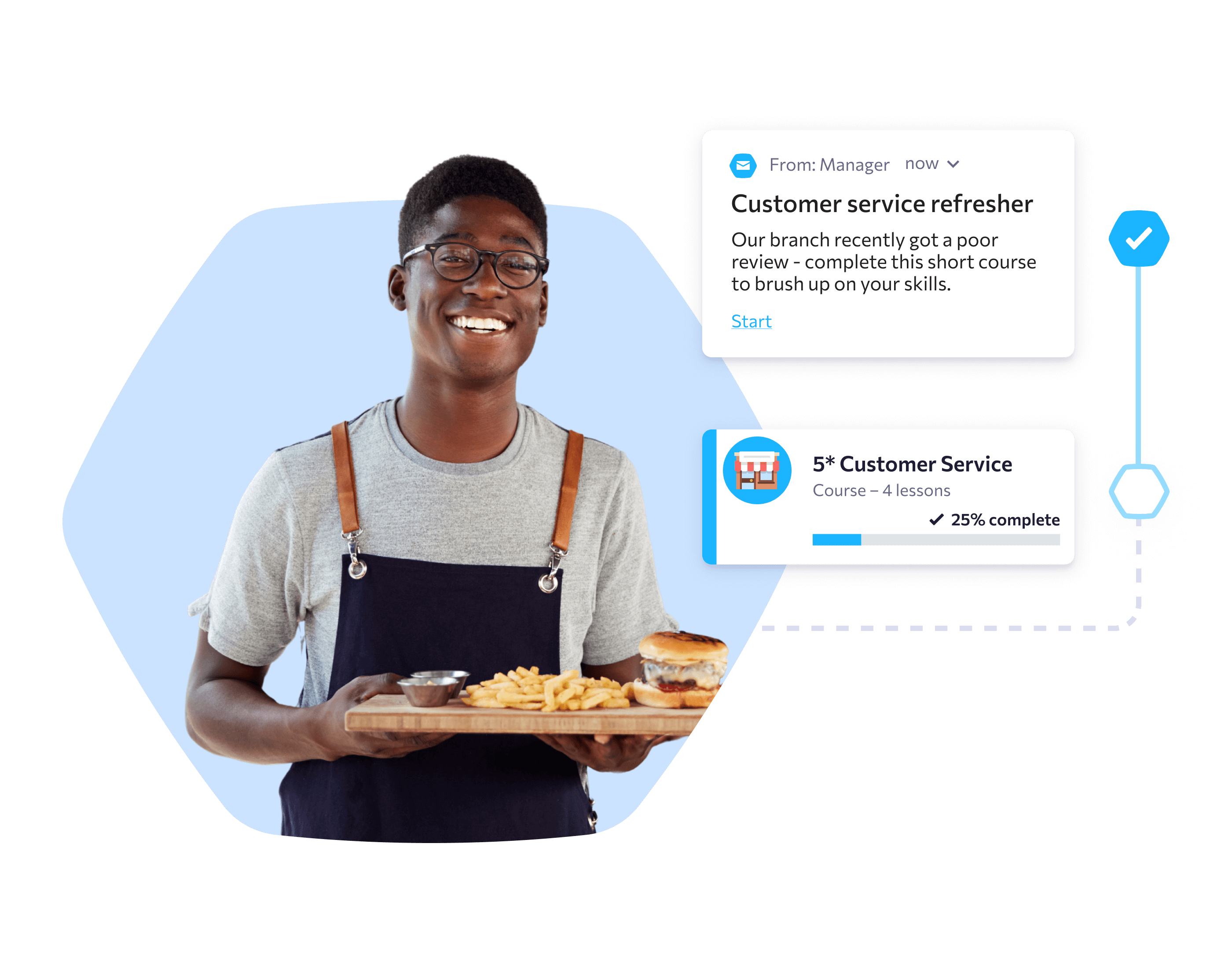
With eduMe, personalization is pain-free. Training is triggered at the point of need, getting the right information in the right hands, at the right time.
You can set up communications which activate automatically around performance-, time- or event-based triggers. Workers who receive negative customer feedback can receive an SMS directing them to a customer service refresher course, or when a new loyalty program is launched, training on how to start earning rewards can be surfaced in-app.
Our seamless integrations allow you to craft campaigns and processes that are specific to your organization and your workers, serving up content that is hyper-relevant and can be implemented immediately.
To help our people learn faster, we are disrupting how we manage learning and development to focus more on the immediate business context and personalized needs by providing easy access to information, performance support aids, and carefully curated training that is relevant and can be directly applied to work.
 - Ann Schulte, Chief Learning Officer at Procter & Gamble
- Ann Schulte, Chief Learning Officer at Procter & Gamble
3. Un-engaging content
Today’s frontline workers are used to a different standard of content. The rise of platforms like TikTok has changed the way we consume and create video, driving an ever-growing affinity for the short-form and feeding our rapidly minimizing attention spans.
When 67% of learners admit to not giving training videos their undivided attention, we need to ensure that training is optimized not just by making use of popular content formats, but also by leveraging interactivity.
Basic slideshow presentations and talking head videos won’t make the cut anymore. If you want your learners to engage with your training and take action as a result of it, you need to speak their language.
What if TikTok was used for corporate training? I’ve often told training vendors that the model for micro-learning is not YouTube, it’s TikTok. We could all use TikTok’s to create easy to understand “how do I…” videos that would work better than ever.
We wanted to recreate the highly visual, short-form, serotonin-releasing content that workers have become so familiar with in their personal lives, and bring it into their working day. Our new Guides feature does just that, leveraging the familiar ‘Stories’ format to connect frontline teams to the information they need quickly, clearly and in an engaging, visual way.
eduMe Guides turn training into a consumer-grade experience, harnessing the power of social media apps and visual storytelling to create lessons that engage and excite. Our clients have already reported a 98% satisfaction rate and 46% above average completion rates with training delivered via Guides.
Guides are applicable to what I need answers for. They’re created by people like me. They’re entertaining, quick, and easy to digest.
 - Theresa Micheli, Store Operations at Pet Supermarket
- Theresa Micheli, Store Operations at Pet Supermarket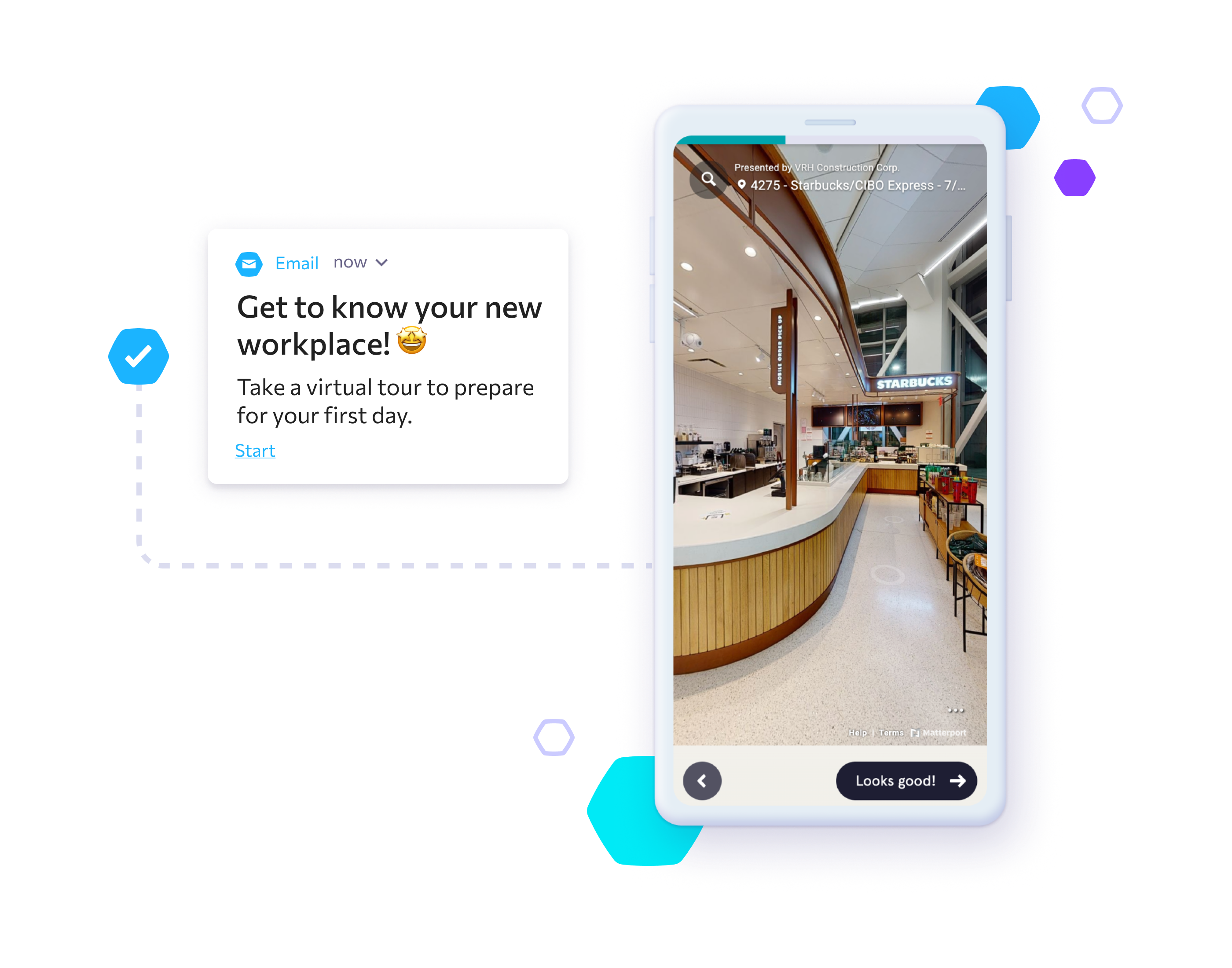 Third party integrations offer further opportunities to engage and empower by leveraging state of the art VR experiences. Our integration with Matterport allows new starters to explore and familiarize themselves with their new workplace before they even set foot in the door, building their confidence and reinforcing knowledge in a highly visual, interactive way.
Third party integrations offer further opportunities to engage and empower by leveraging state of the art VR experiences. Our integration with Matterport allows new starters to explore and familiarize themselves with their new workplace before they even set foot in the door, building their confidence and reinforcing knowledge in a highly visual, interactive way.
We also have Scenario Videos, which immerse learners in a real-world scenario where their quiz choices, right or wrong, shape the way the story unfolds. Your workers are able to become active participants in a simulated environment and learn by doing, in a risk-free environment. This not only makes for a more engaging learning experience, but promotes real life critical thinking and better equips your employees to handle difficult situations and perform at their best.
Employees use social media and search in their spare time to satisfy their curiosity, right when they need it. It should be exactly the same at work. We must create corporate learning experiences to match consumer-grade experiences.
 - Elisabetta Galli, Global Head of L&D at Lightsource bp
- Elisabetta Galli, Global Head of L&D at Lightsource bp
4. Undemocratized content creation
No matter how personalized or engaging your training content, if it’s not able to be produced and distributed at scale, it’s not generating value for your business.
Difficulty producing content can turn into a huge bottleneck - it swallows up hours of your internal teams’ precious time, and doesn’t give your carefully crafted content its time to shine. As much as 30% of enterprise software goes unused for exactly this reason.
Another factor to consider is the need for reactive content. In order to continuously optimize your training, you’ll need to tweak existing lessons in line with the trends you see in learner behavior and the changing context you operate in. This means that updating and redistributing content needs to be as easy as creating it in the first place.
We’ve already covered the need for a seamless learning experience, but eduMe also believes in enabling seamlessness for those creating the training.
A key priority for us was to simplify and refine the creation process, so that anyone can jump into eduMe’s content creation suite and intuitively know what to do. We want to democratize content creation.
And that’s exactly what we’ve done - enable a creation experience that’s as familiar, user-friendly and consumer-grade as the end product.
We’ve even gone a step further by enabling everyone to become a content creator, including the learner.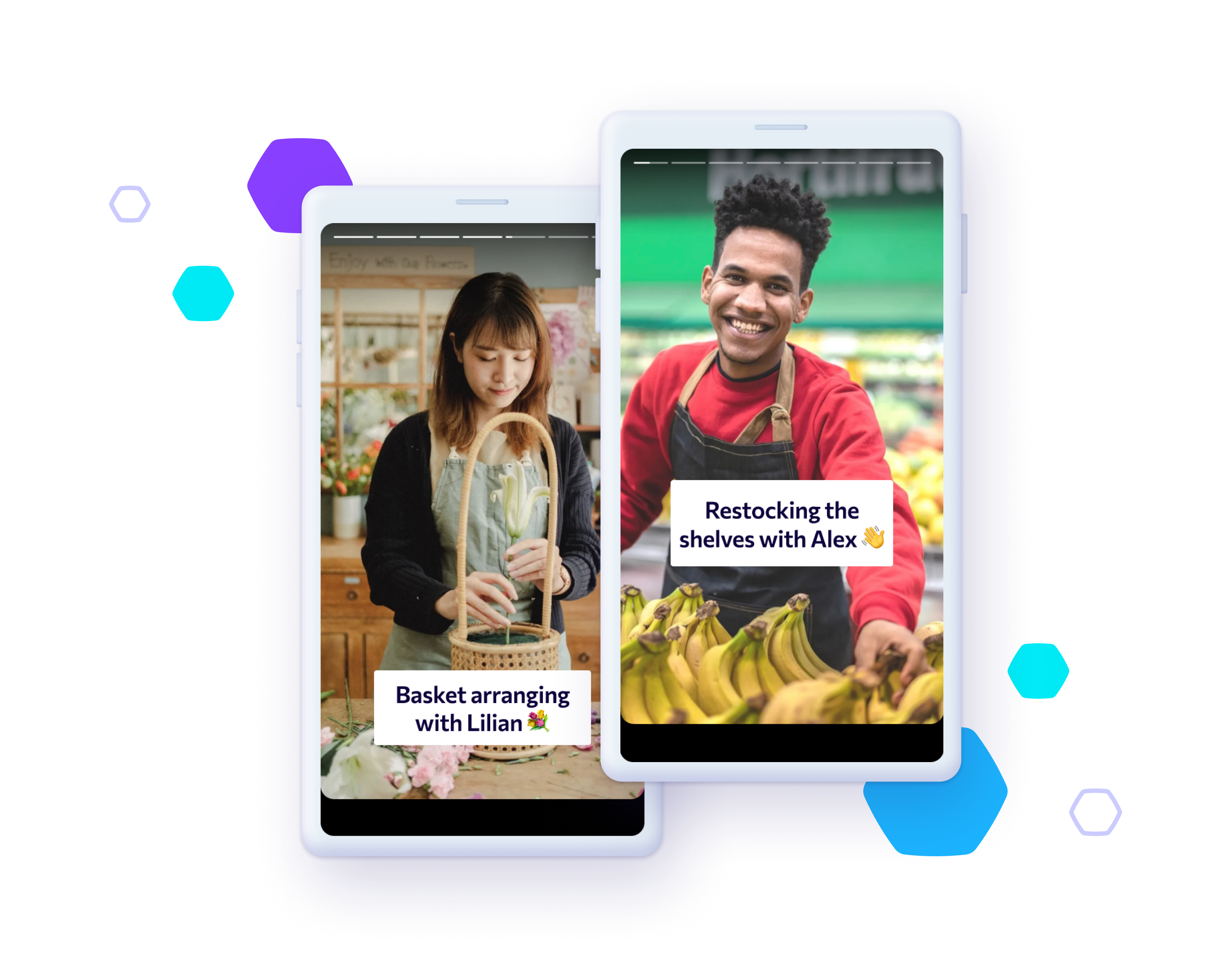 No one understands day-to-day processes better than those on the ground. That’s why we’ve empowered your local teams to share their unique experiences, tips and insights by creating their own content. Enabling user-generated content not only ensures that your content is relevant, but also humanizes training and encourages peer-to-peer learning.
No one understands day-to-day processes better than those on the ground. That’s why we’ve empowered your local teams to share their unique experiences, tips and insights by creating their own content. Enabling user-generated content not only ensures that your content is relevant, but also humanizes training and encourages peer-to-peer learning.
55% of employees turn to their peers when they want to learn a new skill. With eduMe, you can leverage the power of social learning and distribute it at scale, without losing that human touch.
Employees now have the ability to share their experiences with peers and truly create a knowledge ecosystem that is collaborative and community-oriented. The knowledge pool can now flow bottom-up in the organization and create new models for learning experiences.
5. Data silos
Finally, we have the activity that’s often overlooked, but equally as important: analysis.
Most training platforms have built-in analytics tools, but they likely don’t show you the full picture - at least, not in the way you need it. The standard LMS still prioritizes vanity metrics such as completion rates and training engagement over real business impact, and often requires you to export numerous data sets and try to piece together the story yourself.
Research shows that only 16% of L&D practitioners use data and metrics efficiently, but this is often a result of training data being siloed - if it doesn’t exist where you need it to, it’s likely gathering dust.
But, without data, you’re working in the dark. How can you work to improve training quality and workforce performance without clear visibility? How can you prove the value of your training investment to senior stakeholders if you don’t have access to the right data to back it up?
So much potential for improvement and innovation is lost in manual processes, but capturing interactions digitally enables organizations to gather the data from which they can create actionable insights.
eduMe ensures that data flows freely, illuminating the path so that you’re no longer operating in the dark. We make data accessible and malleable to your specific needs, empowering processes rather than blocking them.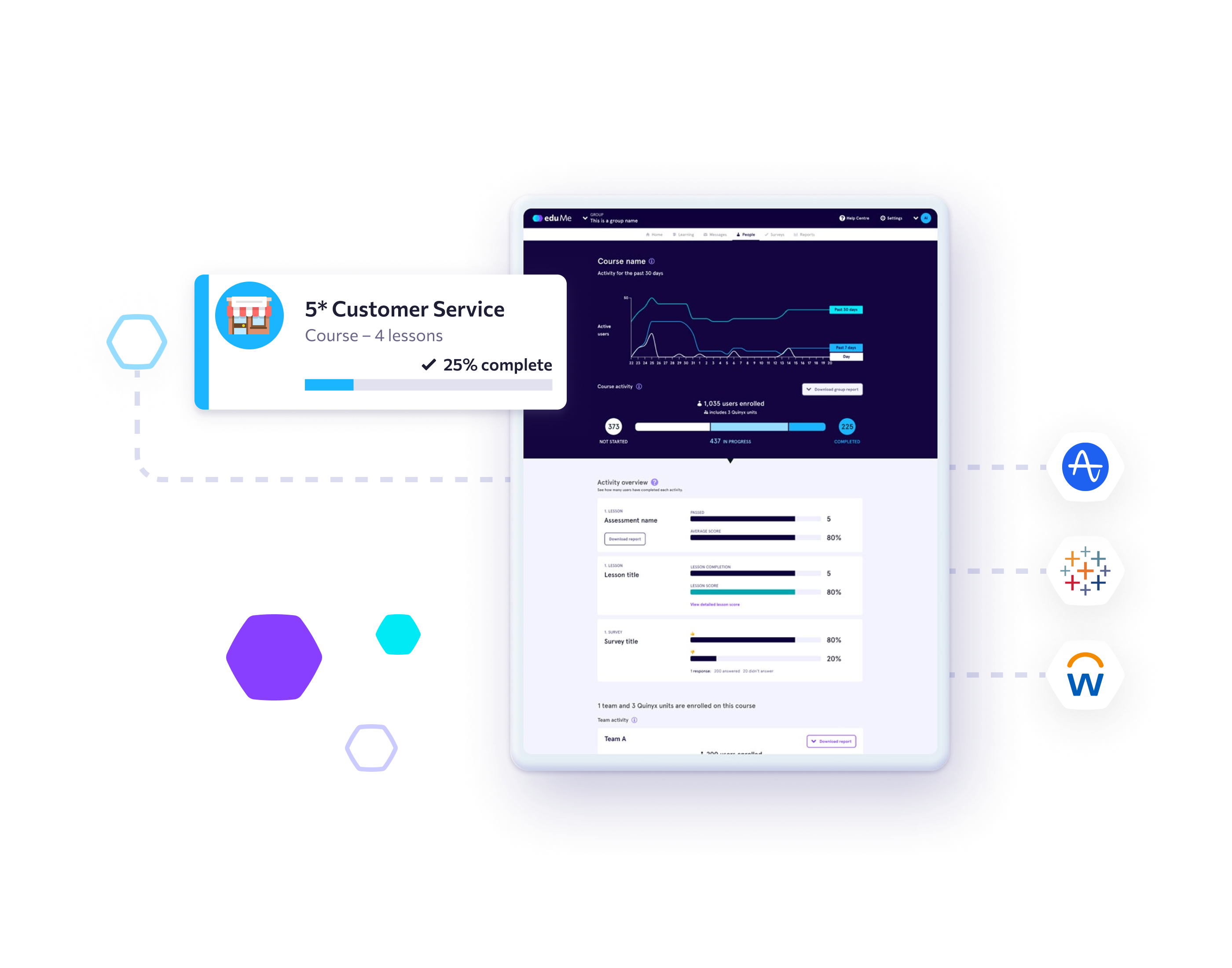 Data is an integral part of the eduMe platform, working to improve personalization, timeliness of training and continuous learning. If an accident happens and an incident report is captured in one tool, that data can flow freely into eduMe and trigger a relevant training notification on worker safety. Processes are rendered less manual, and data has real life impact.
Data is an integral part of the eduMe platform, working to improve personalization, timeliness of training and continuous learning. If an accident happens and an incident report is captured in one tool, that data can flow freely into eduMe and trigger a relevant training notification on worker safety. Processes are rendered less manual, and data has real life impact.
Creating this connectivity of data between systems enables personalization as well as automation, helping to close feedback loops so that you can create learner-centric content that brings even more value to your frontline. By surfacing quick surveys within your training, you can keep your finger on the pulse of what’s happening on the ground and respond quickly to emerging trends.
We make data work for you, and for your learners. The more visibility you have, the better you’re able to serve the individual - and the bigger the impact on your bottom line. 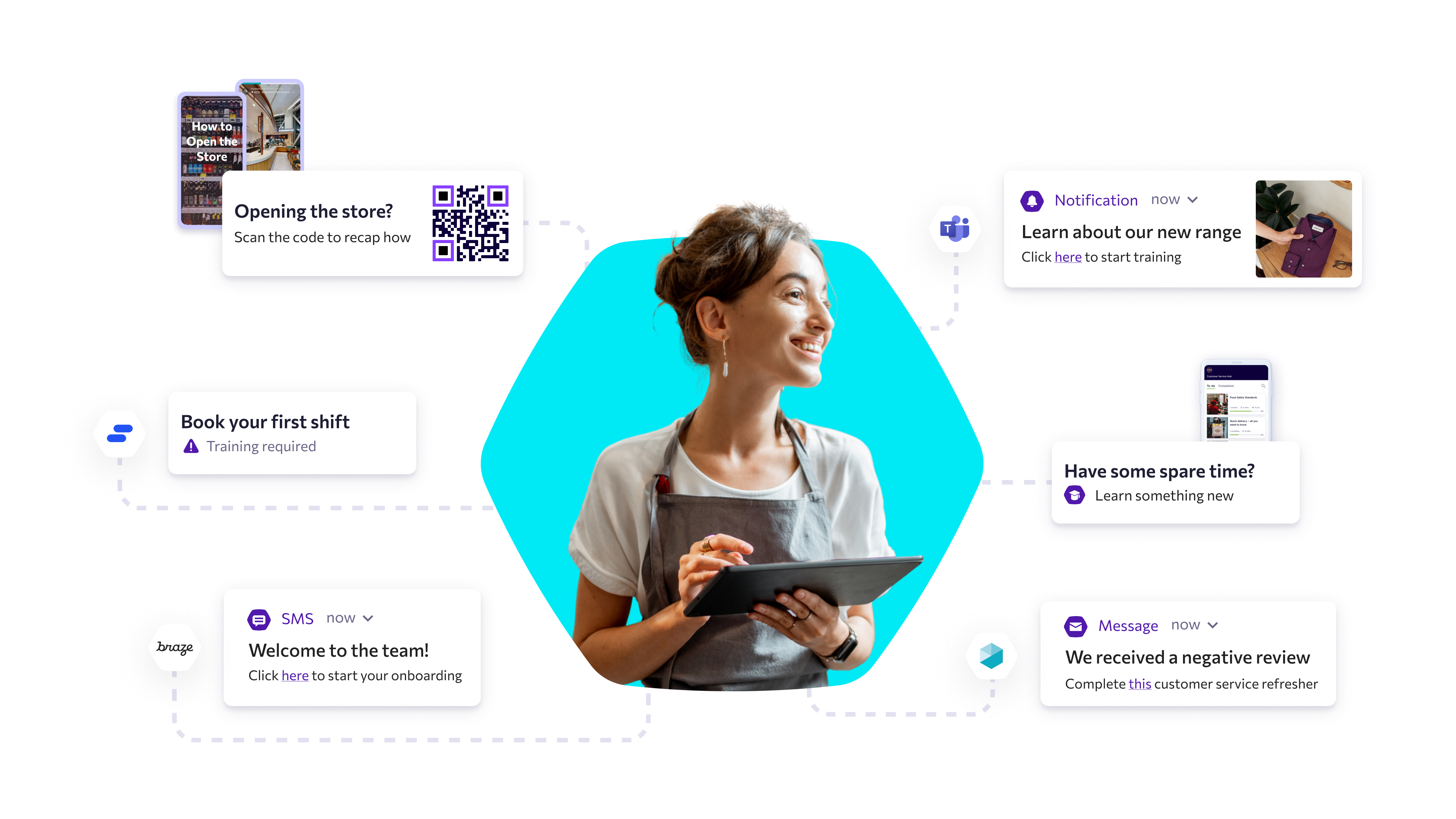
The future has arrived
In eduMe, all of these strands intersect to create a meaningful learning journey that stretches across all possible touch points in a worker’s lifecycle.
High value, engaging training that is free from barriers, personalized to the learner and only ever a tap away.
This is the path we’re on, and what we’re already enabling for leading global companies such as Marriott, Uber and Vodafone. Working with eduMe to better equip and empower their frontline teams has already generated results such as:
- 4% increase in retention
- 26% reduction in injuries
- 66% increase in sales
- 501% return on investment
To find out more about how workforce training has evolved, and the steps we’ve taken to create a solution that is purpose-built for your frontline teams, download our brand new guide, ‘Anytime Anywhere: The Future of Frontline Training’.
Want to see how eduMe can revolutionize your frontline processes? Try it for yourself 👇
Join 10,000+ frontline leaders
Subscribe to ‘Training the Frontline’ and get weekly insights sent straight to your inbox.

 -
-  -
-  -
-  -
-  -
- 